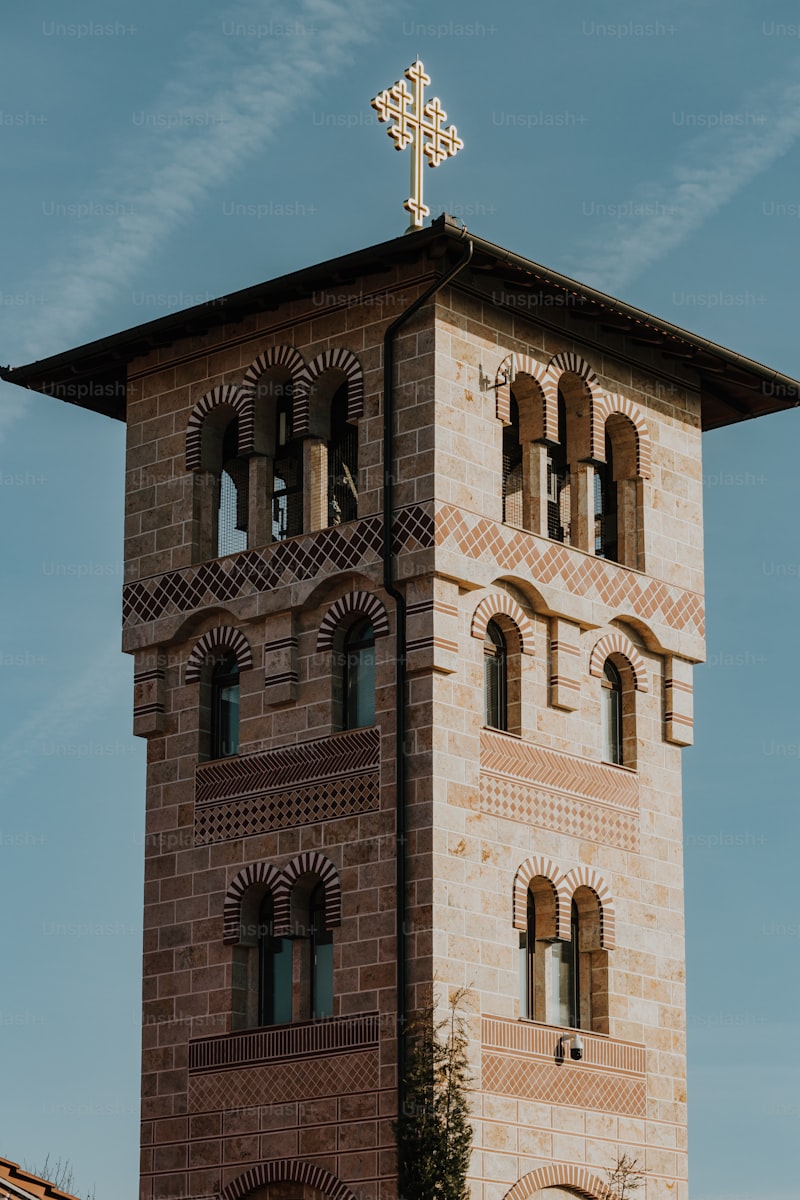Building a bat house can be a rewarding project that benefits both your local bat population and your backyard ecosystem. These nocturnal creatures play a crucial role in pest control by consuming insects like mosquitoes and moths. By providing them with a suitable shelter, you can encourage bats to roost near your home, contributing to natural pest management.
Selecting the ideal location is key to the success of your bat house. Bats prefer quiet, dark places away from direct sunlight and predators. Mounting the house on a pole or the side of a building about 10-15 feet above the ground ensures safety and easy access for bats.
When constructing a bat house, use untreated wood like cedar or plywood to create a durable structure. The design should include narrow internal spaces that mimic the crevices found in tree bark, which bats prefer for roosting. Ventilation slots and a landing area below the entrance will also help bats navigate and settle comfortably.
After building your bat house, install it during the winter or early spring to attract bats before they establish summer roosts. Regular maintenance involves cleaning out guano annually and checking for any damage or wear to ensure the house remains safe and inviting for bats.
Aside from pest control, having bats around can also be educational and enriching for backyard enthusiasts. Observing their nighttime flights and unique behaviors adds a fascinating dimension to your outdoor experience.
Building a bat house is a practical and environmentally friendly way to support local wildlife while enjoying the benefits they bring. Whether you’re a seasoned DIY enthusiast or a novice builder, creating a bat house can be a fulfilling project with lasting benefits for both you and your environment.
5 Essential Tips for Constructing Your Own Bat House
-
Location, Location, Location: Choosing the right location for your bat house is crucial. Bats prefer warm and sunny spots, ideally facing south or southeast to maximize sunlight exposure. Mounting the bat house on a pole or a building at least 10-12 feet high ensures safety from predators and provides easy access for bats to enter and exit.
-
Design and Dimensions: The design of your bat house plays a significant role in its effectiveness. Opt for a design certified by Bat Conservation International (BCI) to ensure it meets bats’ needs. A typical bat house should have chambers that are at least 14 inches tall, 10 inches wide, and around 2-4 inches deep. Internal baffles or partitions can provide roosting space and help regulate temperature.

Materials Matter: Use untreated wood, such as cedar or plywood, to construct your bat house. These materials are durable and weather-resistant, ensuring the longevity of the structure. Avoid pressure-treated wood or paints that can emit harmful fumes. Roughening up the interior surfaces with a saw or rough sandpaper helps bats grip and roost comfortably.
-
Optimize Ventilation and Insulation: Proper ventilation is essential to prevent the bat house from overheating during hot weather. Ensure there are ventilation gaps at the top and bottom of the bat house. Adding insulation to the roof or using double-layered construction can help regulate temperature fluctuations, providing a more stable environment for bats.
-
Maintenance and Monitoring: Once your bat house is installed, regular maintenance is necessary to ensure its effectiveness. Inspect the bat house annually for wear and tear, replace any damaged parts, and clean out guano buildup if necessary. Monitoring bat activity around dusk with a bat detector can help assess occupancy and adjust the bat house if needed.
Step-by-Step Guide: How to Build a Bat House in Your Backyard
Firstly, gather your materials. You’ll need untreated wood boards (like cedar or plywood), exterior-grade screws, a saw, measuring tape, pencil, and weather-resistant paint or stain (optional). Ensure all materials are sustainably sourced and untreated to avoid harmful chemicals.
Next, choose a suitable location. Opt for a spot that receives at least 6-8 hours of direct sunlight daily, preferably 15-20 feet off the ground, away from bright lights and potential predators. Bats prefer warm, quiet, and sheltered places.
Now, onto building the bat house. Start by cutting the wood according to the bat house plans you’ve chosen. Most designs involve creating a front panel with a narrow slot for entry, an interior chamber for roosting, and an angled roof for rain runoff. Assemble the pieces using exterior-grade screws for durability.
Once assembled, paint or stain the exterior in a dark, natural shade. This helps absorb heat, making the bat house warmer and more inviting. Avoid using dark colors on the inside to prevent overheating during hot days.
Mounting the bat house is critical for its success. Attach it securely to a pole, tree, or building, ensuring it’s stable and won’t sway in the wind. Position it so the entry slot faces south or southeast to maximize warmth and sunlight exposure.
Maintaining the bat house involves periodic checks for occupancy and cleaning. Bats prefer clean, dry spaces, so inspect annually for any signs of damage, pests, or deterioration. Replace or repair as needed to keep it habitable.
The Ultimate DIY Bat House Construction Guide You Need
Are you fascinated by bats and looking to create a welcoming habitat for these nocturnal creatures in your backyard? Building a DIY bat house can be a rewarding and environmentally friendly project that benefits both bats and your garden ecosystem. Here’s everything you need to know to construct your own bat haven.
First things first, bats prefer quiet and undisturbed areas. Select a location that is at least 10 to 15 feet off the ground, away from bright lights and direct sunlight. South-facing positions are ideal as they provide warmth for the bats.
Gather your materials: untreated wood (cedar or pine), exterior-grade plywood, non-toxic wood sealant, and galvanized screws. These materials ensure durability and safety for the bats.
Start by cutting the wood to precise measurements according to a reliable bat house plan. Remember, proper dimensions are crucial to attract bats. Assemble the pieces using screws rather than nails for easier adjustments and maintenance.
Create a chamber inside the bat house that mimics the tight spaces bats prefer for roosting. Grooves or roughened surfaces inside will help bats cling securely.
Provide adequate ventilation by drilling ventilation holes, preferably at the top. Insulate the bat house to regulate internal temperatures, keeping it cool in summer and warm in winter.

Securely mount the bat house on a pole or tree using appropriate hardware. Ensure it is stable and won’t sway in the wind, as bats prefer steady roosts.
Regularly inspect and clean the bat house to prevent the buildup of parasites. Apply a fresh coat of non-toxic sealant every few years to maintain the wood’s integrity.
Building a bat house not only supports local biodiversity but also helps control insect populations naturally. By following this DIY guide, you’re creating a safe haven for bats while enhancing your garden’s ecosystem. Ready to embark on your bat-friendly adventure?
Eco-Friendly Homes for Bats: Building Your Bat House from Scratch
To start with, choosing the right location is crucial. Bats prefer warm and quiet places away from direct sunlight and predators. A spot that receives some sunlight during the day but stays shaded and cool at night is ideal. Consider mounting the bat house on a pole or the side of a building, at least 10-12 feet above the ground to protect it from predators.
When it comes to materials, opt for untreated wood like cedar or pine, as they are durable and weather-resistant. Make sure all surfaces inside the bat house are roughened or scored to provide bats with a secure grip as they roost. Ventilation is also essential, so incorporate narrow ventilation slots along the sides or under the roof overhang.
Design-wise, a bat house should be narrow and tall, mimicking the tight spaces bats naturally prefer. Inside, create chambers with rough partitions to provide bats with separate roosting spaces. Avoid using metal or plastic materials, as they can overheat or become too cold for bats, affecting their comfort.
As you assemble the bat house, use exterior-grade screws and avoid using nails, which can loosen over time. Seal all external joints with non-toxic caulk to prevent drafts and maintain a stable internal temperature.
Lastly, consider painting the bat house a dark color to absorb heat and regulate temperature, but use water-based, non-toxic paint to ensure it’s safe for bats. Once your bat house is assembled and installed, be patient—it may take up to a year for bats to discover and begin using their new home.
Frequently Asked Questions
What are the essential features of a bat-friendly house design?
Learn about the key features necessary for designing a bat-friendly house, ensuring optimal roosting conditions, such as suitable size and shape of entrance holes, interior spacing for roosting, and materials that provide warmth and protection.
How do you choose the right location for a bat house?
Learn how to select the optimal location for a bat house with our concise FAQ guide. Discover key factors such as sunlight exposure, height from the ground, and proximity to water sources that influence bat house effectiveness and attractivity to bats.
Why are bat houses important for conservation efforts?
Learn why bat houses play a crucial role in conservation efforts. Discover how these structures provide safe habitats for bats, contributing to natural pest control and biodiversity preservation. Explore the benefits of encouraging bat populations in urban and rural environments.
What materials are best for constructing a bat house?
Discover the best materials for constructing a bat house, ensuring durability and comfort for its inhabitants. Learn about the ideal materials that provide insulation, ventilation, and protection against weather conditions, essential for attracting and maintaining bat colonies.
How do you install and maintain a bat house?
Learn how to properly install and maintain a bat house with our concise guide. Discover step-by-step instructions for placement, ensuring optimal sun exposure and height. Additionally, find tips on routine maintenance to attract and sustain a thriving bat population.



